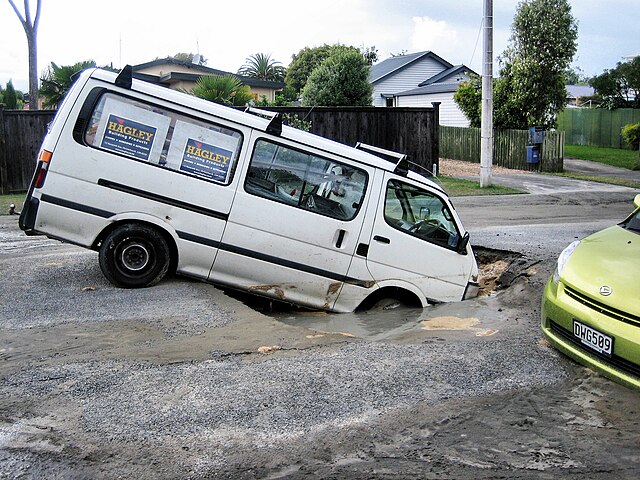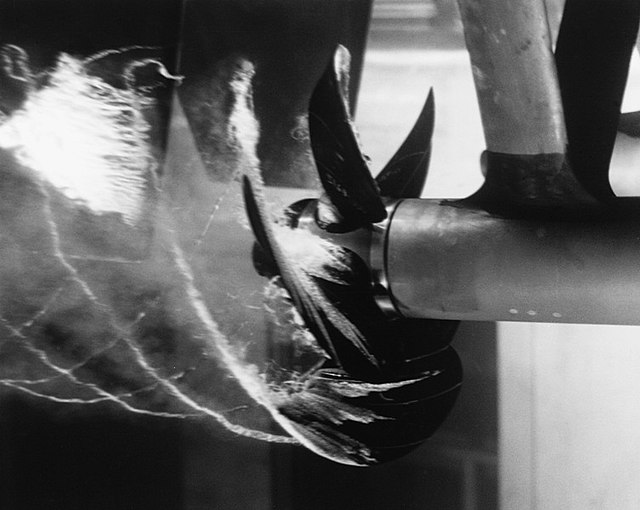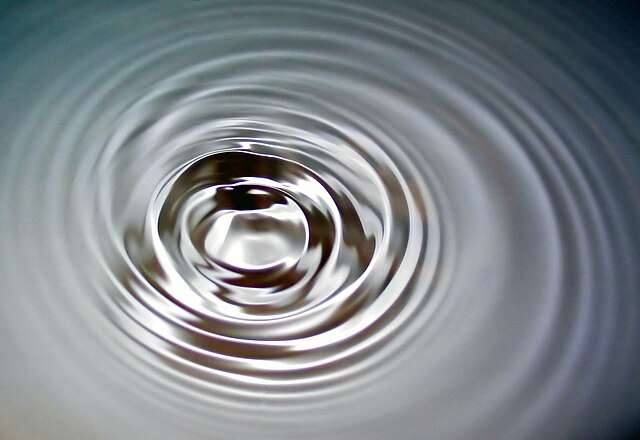In materials science, liquefaction is a process that generates a liquid from a solid or a gas or that generates a non-liquid phase which behaves in accordance with fluid dynamics.
It occurs both naturally and artificially. As an example of the latter, a "major commercial application of liquefaction is the liquefaction of air to allow separation of the constituents, such as oxygen, nitrogen, and the noble gases." Another is the conversion of solid coal into a liquid form usable as a substitute for liquid fuels.
The effects of soil liquefaction, seen after 2011 Canterbury earthquake
A liquid is a nearly incompressible fluid that conforms to the shape of its container but retains a nearly constant volume independent of pressure. It is one of the four fundamental states of matter, and is the only state with a definite volume but no fixed shape.
The formation of a spherical droplet of liquid water minimizes the surface area, which is the natural result of surface tension in liquids.
A lava lamp contains two immiscible liquids (a molten wax and a watery solution) which add movement due to convection. In addition to the top surface, surfaces also form between the liquids, requiring a tension breaker to recombine the wax droplets at the bottom.
Cavitation in water from a boat propeller
Surface waves in water





